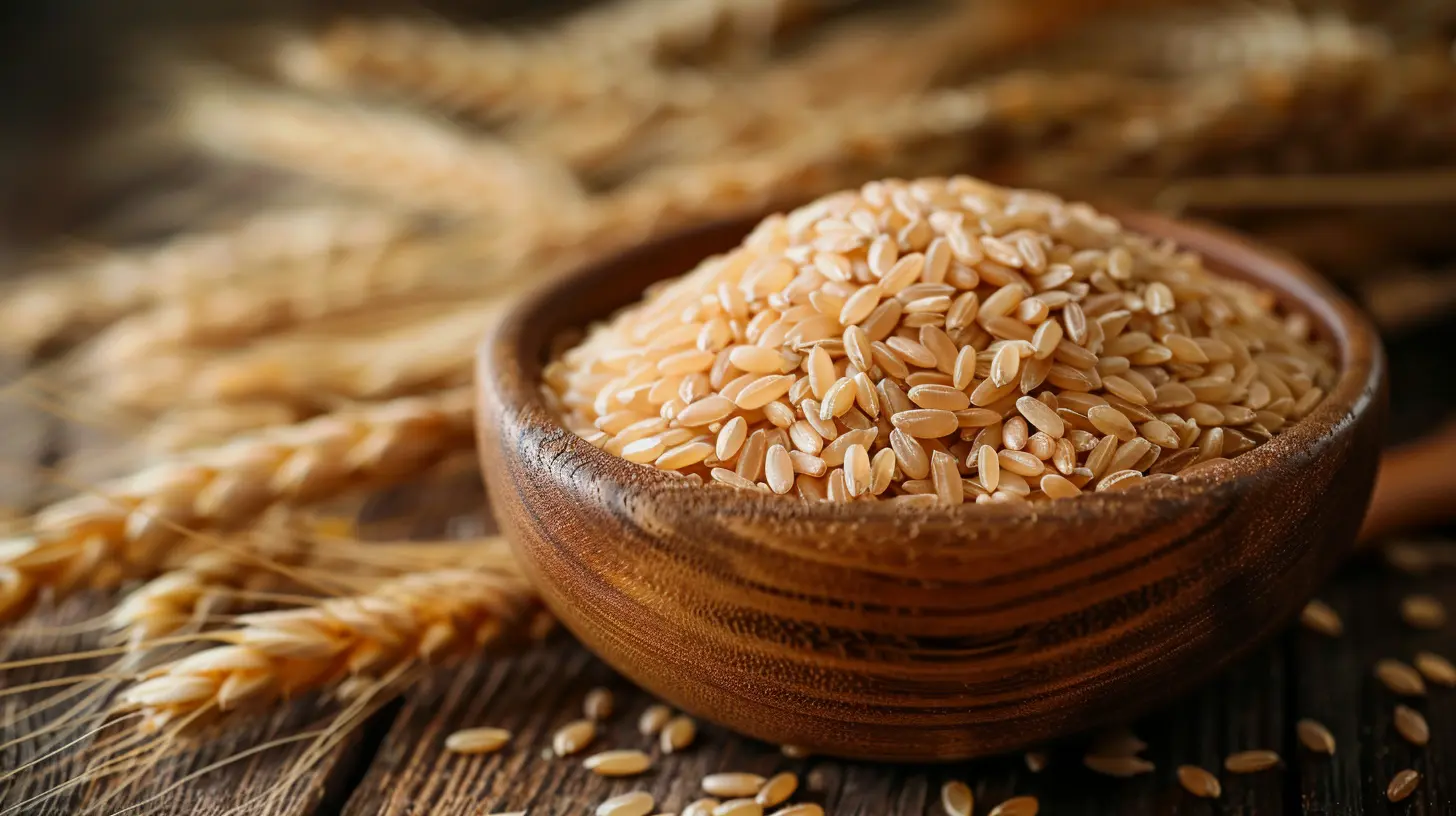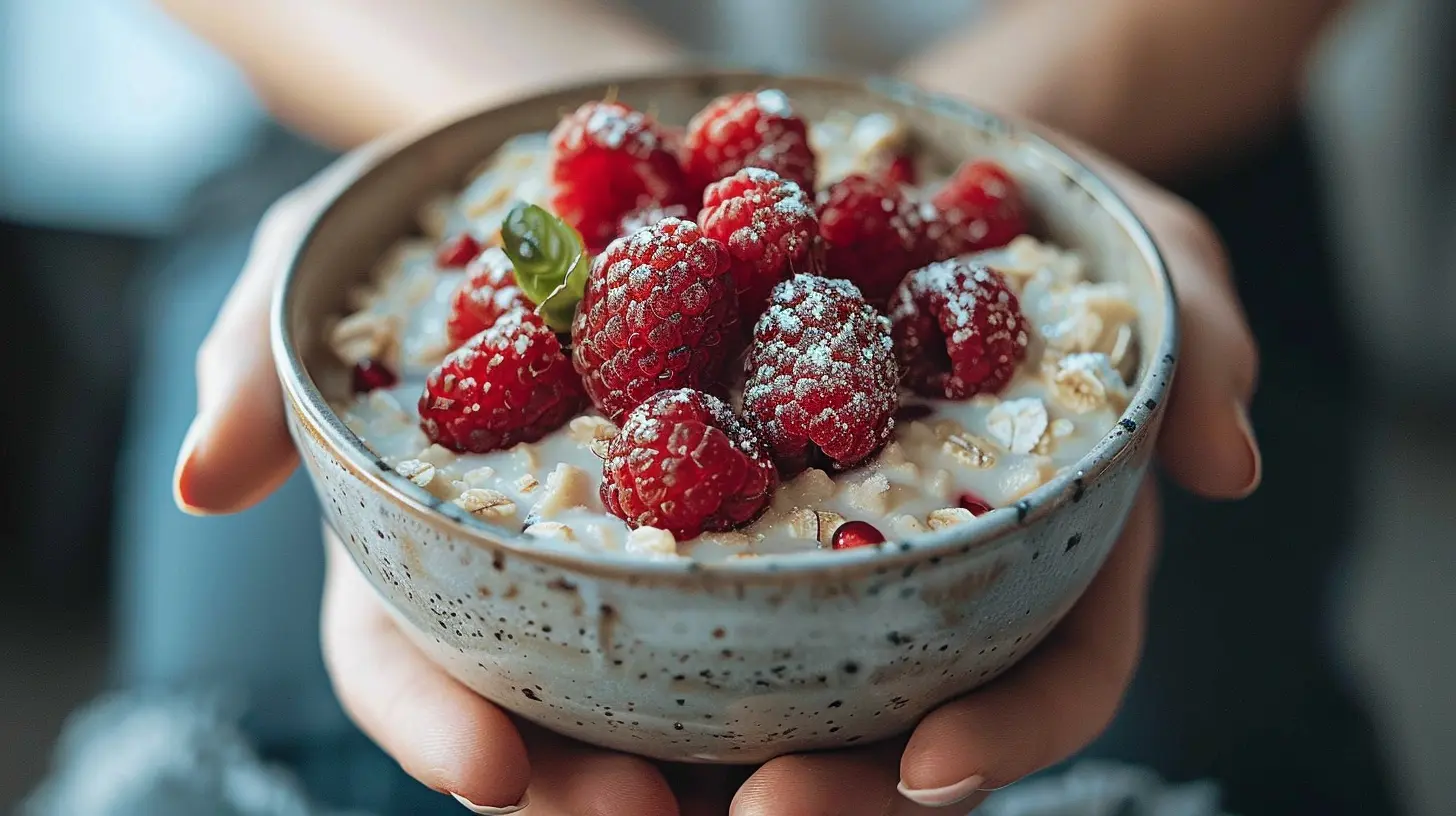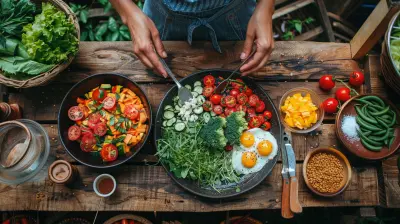The Benefits of Fiber on a Low Carb Diet
23 November 2025
Let’s be real — when most people think low carb, fiber isn’t usually the first thing that comes to mind. Carbs? Sure. Proteins and fats? Absolutely. But fiber? That tends to get overlooked. It’s like the quiet kid in the back of the class who's actually the genius everyone wishes they’d paid attention to.
The truth is, if you're on or even just considering a low carb diet, fiber might just be your unsung hero. Not only does it help balance things out internally, it also keeps you feeling great and can truly enhance your experience on a low carb journey. So, let’s break it all down and talk about why fiber isn’t just welcome on a low carb diet — it's essential.
What Is Fiber, Anyway?
Before we dive into the good stuff, let’s start with the basics. Fiber is a type of carbohydrate, but don’t panic — it’s the type your body can’t digest. Unlike sugars or starches, fiber passes through your system relatively intact. That’s what makes it so special.There are two types of fiber:
- Soluble fiber: dissolves in water and turns into a gel-like substance. Found in oats, nuts, seeds, beans, lentils, and certain fruits and veggies.
- Insoluble fiber: doesn't dissolve and helps push things along in your digestive tract. You’ll find it in whole grains, many vegetables, and the skins of some fruits.
Now, here’s the kicker: even though it’s technically a carbohydrate, fiber doesn’t raise your blood sugar. Your body doesn't absorb it, which means it won’t mess with your carb count in the way that, say, a slice of bread might.
Why Fiber Matters on a Low Carb Diet
So why should you care? Well, if you’re going low carb, fiber plays several clutch roles — for your gut, your heart, your weight, and even your sanity. Let’s unpack those benefits.1. Eases Digestion and Keeps You “Regular”
Let’s address the elephant in the room: things can slow down when you cut carbs.Seriously, one of the most common complaints from people starting a low carb or keto diet is constipation. That’s because when you reduce carbs, you often cut back on whole grains, fruits, and legumes — all major sources of fiber.
Fiber acts like a cleaning crew for your digestive system. It adds bulk to stool and helps move things along. Insoluble fiber is especially helpful here.
The fix? Add more low carb, high-fiber foods like avocados, chia seeds, flaxseeds, nuts, leafy greens, and non-starchy veggies. Your gut will thank you.
2. Feeds Your Friendly Gut Bacteria
Ever heard of your gut microbiome? It’s like a bustling city of trillions of bacteria living in your digestive tract. Sounds weird, I know, but they’re crucial to your health — from digestion to immunity to mental clarity.Fiber, especially soluble fiber, acts as food for these little guys. It’s prebiotic, meaning it helps the good bacteria thrive. On a low carb diet, keeping these bacteria well-fed supports gut health without needing a load of starchy foods.
Think of it like this: fiber is the fertilizer that helps your gut garden grow.
3. Keeps You Feeling Full Longer
One of the superpowers of fiber? Satiety. That’s a fancy way of saying it helps you feel full and satisfied after eating.When you’re on a low carb diet, you’re probably already cutting the snacks and avoiding sugar crashes. But fiber adds another layer of appetite control because it slows digestion.
Eating high-fiber, low-carb foods keeps you full longer, which means fewer cravings and less temptation to reach for the cookie jar. Who doesn’t want that?
4. Improves Blood Sugar Control
Even though you’re cutting carbs, your blood sugar still matters. In fact, for many people, that’s the whole point of reducing carbs — to stabilize glucose levels and reduce insulin spikes.Soluble fiber slows the absorption of sugar into the bloodstream. By doing that, it helps prevent blood sugar spikes after meals. It’s like putting a traffic cop in charge of glucose entry into your blood — everything slows down, becomes more controlled, and drastically helps with energy levels and mood.
5. May Lower Cholesterol Naturally
Here’s a cool bonus: fiber, especially soluble fiber, can help reduce LDL (“bad”) cholesterol levels. It grabs onto cholesterol molecules in your gut and helps sweep them out before they enter your bloodstream.That’s a major win, especially if you’re doing low carb for metabolic health or heart wellness. And all of this happens without the need for medications — just by making smarter fiber-rich food choices.
6. Supports Healthy Weight Loss and Maintenance
Low carb diets are popular for weight loss, and fiber can supercharge those efforts.Here’s how: fiber-rich foods are often nutrient-dense and low in calories. They help you eat less without feeling deprived. Thanks to that "full" feeling we talked about earlier, you're more likely to stick to your new eating habits without losing your mind from hunger.
Plus, because fiber helps regulate blood sugar, you're less likely to experience those hangry episodes that send you diving headfirst into a sleeve of cookies.
Best High-Fiber, Low Carb Foods
So, what should you actually be eating?Here’s a breakdown of some of the best fiber sources that won’t blow your carb count. These foods are tasty, versatile, and easy to fit into your daily meals:
| Food | Net Carbs | Fiber (per 100g) | Tips |
|------|-----------|------------------|------|
| Avocados | ~2g | ~7g | Mash into guac or slice into salads |
| Chia Seeds | ~2g | ~10g | Mix into smoothies or overnight chia pudding |
| Flaxseeds | ~1g | ~8g | Add to yogurt or low carb baking |
| Almonds | ~2g | ~12g | Perfect for snacking |
| Broccoli | ~4g | ~2.6g | Roast or steam for a side dish |
| Brussels Sprouts | ~5g | ~3.8g | Roast with olive oil and garlic |
| Cauliflower | ~3g | ~2g | Use for rice or mashed alternatives |
| Zucchini | ~2g | ~1g | Spiralize into zoodles! |
| Raspberries | ~5g | ~6.5g | Great for dessert or smoothies |
| Spinach | ~1g | ~2.2g | Throw into salads, eggs, or sautéed dishes |
The key here is balance. Think quality over quantity. You're not trying to load up hundreds of grams of fiber; you’re trying to hit a solid 20-30g/day while keeping net carbs low.
Tips for Boosting Fiber on a Low Carb Diet
Ready to up your fiber game without going over your carb limit? Here are some easy hacks:1. Read Nutrition Labels Carefully
Always check for net carbs, which is total carbs minus fiber. That gives you a clearer picture of how much digestible carbohydrate you’re actually consuming.2. Start Slow and Drink More Water
If you're adding more fiber to your diet, don’t go from zero to 60 overnight. Your gut needs time to adjust. Ramp up slowly and drink plenty of water to avoid bloating or cramping.3. Use Psyllium Husk in Recipes
Psyllium husk is almost pure fiber and low in net carbs. It's a staple in keto baking — think low carb breads, muffins, even pizza crusts!4. Prioritize Whole Foods
Supplements have their place, but nothing beats the real deal. Whenever possible, get your fiber from whole, real foods.What About Fiber Supplements?
If you’re struggling to get enough fiber from food alone, supplements like psyllium husk or acacia fiber can help. Just make sure to choose products without added sugars or artificial sweeteners.Also, keep in mind — while supplements are helpful, they shouldn’t replace whole food sources for the long haul. Think of them more like a backup plan.
Final Thoughts: Don’t Fear Fiber on Low Carb
Here’s the bottom line — going low carb doesn't mean going low fiber. In fact, embracing fiber is one of the smartest things you can do to make your low carb lifestyle sustainable, enjoyable, and healthy.It’s the quiet powerhouse that supports digestion, keeps your gut bacteria happy, balances your blood sugar, and helps you feel full. All while playing nice with your carb goals.
So, instead of avoiding fiber, lean into it. Your body (and bathroom schedule) will be better for it.
all images in this post were generated using AI tools
Category:
Low Carb DietAuthor:

Arthur McKeever

